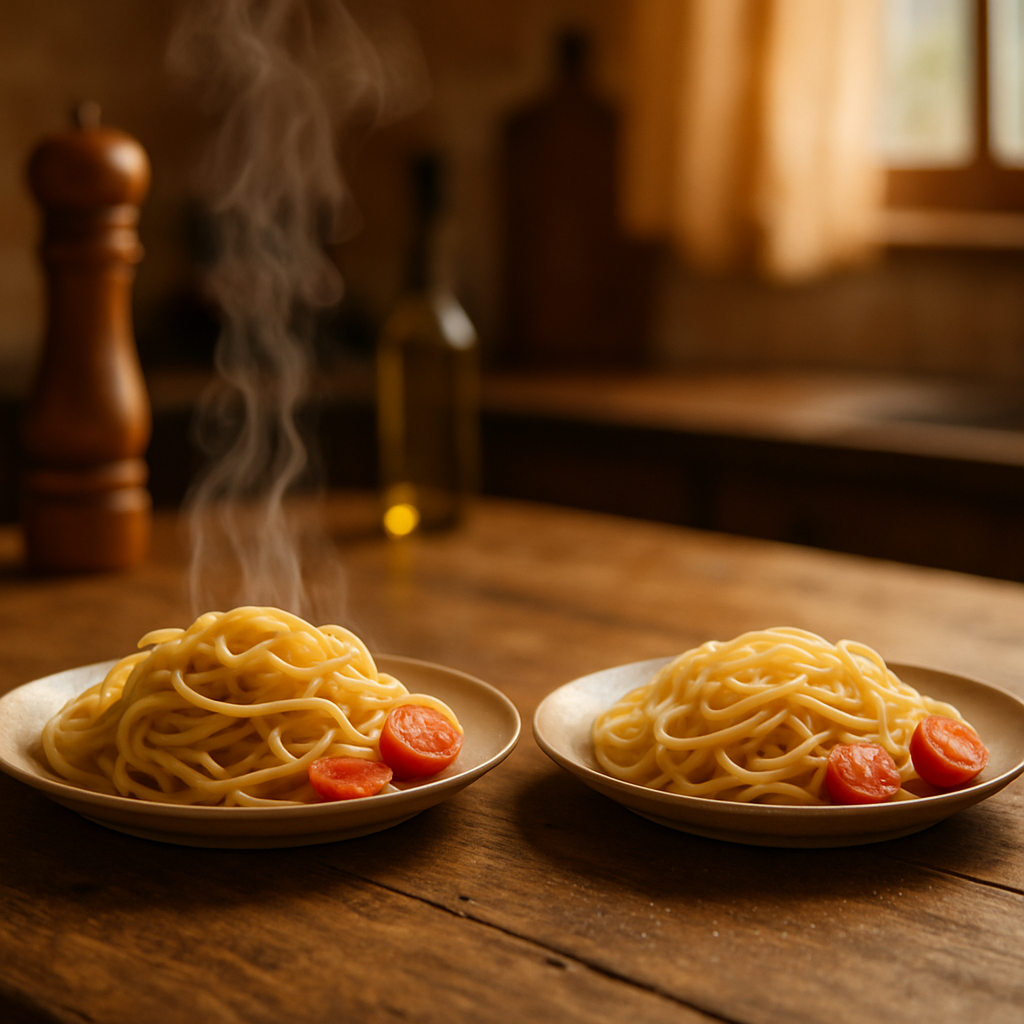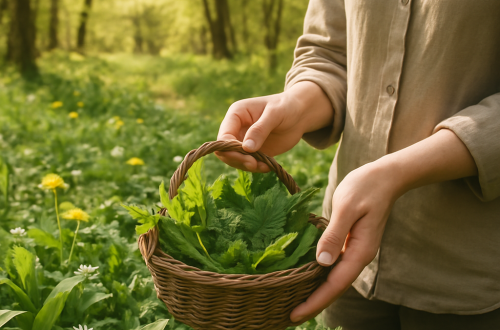The Science of Taste How Temperature Impacts Flavor

So, have you ever sipped a piping-hot cup of coffee and then tried the same brew iced? If you’re like me, the taste difference can be quite the shocker. It’s like the same beverage got a personality transplant. But why does the temperature of food and drinks make such a big difference in how they taste? Let’s chew on this topic a bit and see what the science is cooking up.
Our taste buds are these tiny, sensitive guys that sit on the edge of their seats, ready to detect flavors. They’re like the little minions of our mouths, processing information and sending it to the brain. But there’s so much more to taste than just these taste buds doing their job. Temperature plays a massive role, and it’s not just because warm food feels cozy or cold drinks are refreshing.
How Temperature Dances with Flavor
When it comes to flavor, temperature is a sneaky influencer. Imagine a party where temperature is the DJ, setting the mood and tone for the entire night. It controls how flavors are released and perceived. It’s not just about hot or cold, though. It’s about the chemical reactions that are triggered by these temperatures.
One thing to know is that our taste receptors are more sensitive to certain flavors at different temperatures. That’s why a cold dish might taste bland while a warm one has layers of flavors dancing across your palate. It’s like our tongues are more responsive to some flavors when they’re warm, like umami and sweetness, but cold can amplify bitterness. So, that ice-cold kale smoothie might taste more like punishment than nourishment.
A study by Dr. Gary Pickering, a professor at Brock University, revealed that sweetness and umami are more pronounced at warmer temperatures, while bitterness peaks when foods are cooler [^1]. This can explain why some people find chilled red wine more palatable when it’s a little warmer those fruity notes shine through better.
The Science Behind It
Digging a bit deeper, our senses are like a multi-sensory orchestra. Temperature affects not just taste but smell, texture, and even sound, which all contribute to what we perceive as flavor. Smell, in particular, is a big deal. Ever noticed how a hot soup gives off more aroma than a cold one? That’s because heat causes volatile compounds to evaporate, carrying scents into the air, straight to our noses. And smell, my friend, is a huge component of flavor.
There’s also the matter of how temperature affects the physical state of food. Warmth tends to soften and melt, making it easier for flavors to spread and mingle. Think of chocolate: when it’s melted, it coats the tongue and fills the mouth with its richness. Cold chocolate? Not so much. It’s more like chewing on a reluctant chunk of cocoa that reluctantly gives up its flavors.
Let’s not forget the Maillard reaction, which is basically what makes your roasted veggies or grilled burger patties taste so darn good. When food is heated, amino acids and sugars react to create complex flavors and aromas. This doesn’t happen when food is cold, so the taste is entirely different.
Real-Life Taste Tests
I remember once at a friend’s barbecue, we were experimenting with temperatures and flavors. My friend, Jason, a self-proclaimed grill master, decided to serve grilled pineapple. Now, pineapple is already a sweet treat, but grill it? It was like a whole new level of yum. The heat caramelized the sugars, making it taste even sweeter and adding a bit of smokiness.
Another time, I tried making cold brew coffee at home. I was convinced it would be the same as tossing a bunch of ice cubes into my regular coffee. Spoiler alert: it wasn’t. Cold brewing changes the acidity and bitterness levels of the coffee. It turns out that cold slows the extraction of certain compounds, resulting in a smoother, less acidic beverage. Who knew?
A Bit of a Curveball
Now, here’s something that might bend your noodle. Not every flavor follows the same rules. Take spicy foods. Capsaicin, the compound responsible for that fiery sensation, doesn’t care too much about temperature. Your mouth will feel the burn whether the dish is hot or cold. It’s like that one friend who’s always intense, no matter the situation.
And then there’s the curious case of ice cream. It’s cold, yet it’s sweet and flavorful. This is because fat content in ice cream helps coat the flavors, making them pop even at lower temperatures. Plus, the freezing process helps trap air, giving it that creamy texture we love.
Wrapping It All Up
So, what’s the takeaway here? Temperature is a major player in how we experience flavor. It’s like the unsung hero of our culinary adventures, subtly tweaking each bite. Next time you’re cooking or even just enjoying a simple snack, try playing around with temperature. Warm up your chocolate chip cookie or chill your tea. You might just find a whole new world of flavors waiting for you.
And maybe it’s just me, but food at different temperatures can change the whole vibe of a meal. Like, hot soup on a rainy day just feels right, doesn’t it? Or an ice-cold lemonade by the pool in the heat of summer? Perfection. So, go ahead, experiment a bit, and see how temperature changes your favorite foods. Who knows, you might discover a new favorite way to enjoy them.
[^1]: Pickering, G. J. (2004). “The effects of temperature, pH, and sugar on the perceived intensity of sourness and bitterness in model wine.” Journal of Food Science, 69(3), S145-S150.


